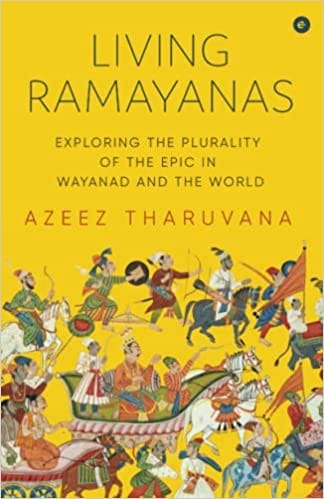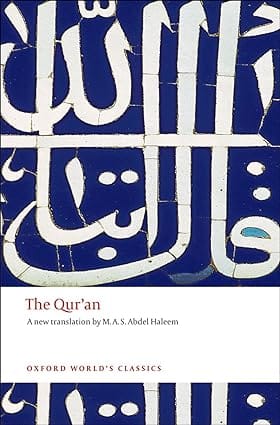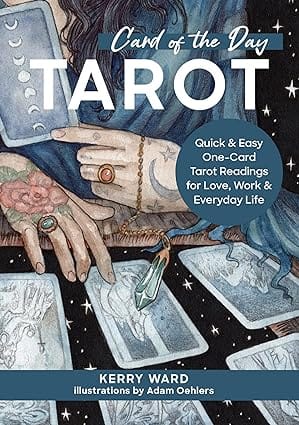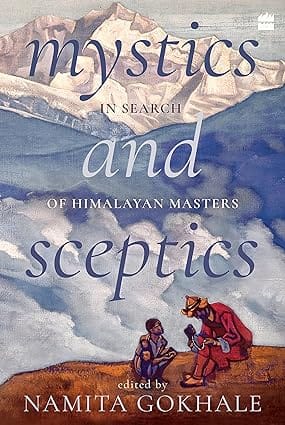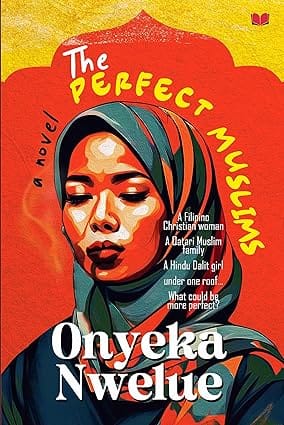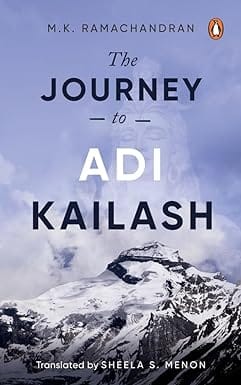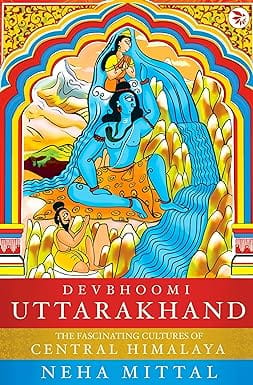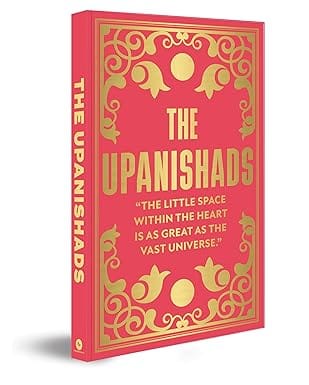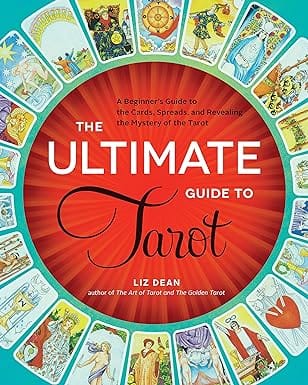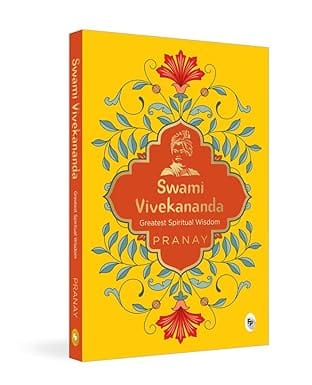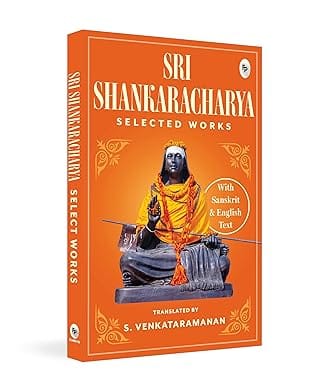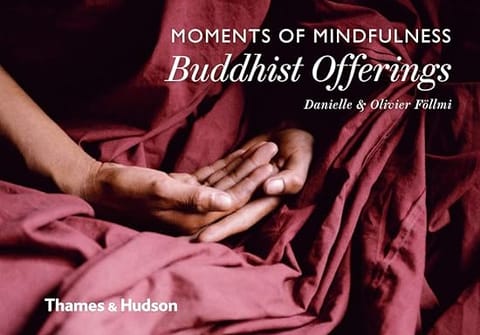-
Contemporary Fiction
- Contemporary Fiction
-
Children
- Children
-
Comics & Graphic Novels
- Comics & Graphic Novels
-
Non-Fiction
- Non-Fiction
-
Fiction
- Fiction
There is no single Ramayana, just as there is not just one kind of people. The epic that Valmiki first wrote has changed across space and time to reflect the cultural consciousness of a diverse cross-section of humanity. These widely different social contexts—in India, in Southeast Asia and the world at large, and in different faiths and castes and tribes—have produced an immense variety of Ramayanas in the oral, textual and visual mediums.
Azeez Tharuvana was powerfully drawn to the oral tribal Ramayana tradition in Wayanad, Kerala. He tells us that the locals believe Wayanad to be the site of all the action that took place in the Ramayana. So, in their version, the hermitage at Ashramkolly near Pulpally is Valmiki’s ashram, and Jadayattakavu is the place where Rama held Sita by the hair to keep her from falling into the earth. Tharuvana’s research into this tradition led to a deeper immersion in the many forms and shapes that the epic poem has taken. It illustrates how human societies reshape narratives as a way of expressing and asserting their unique identities and their moral and social codes.
In this light, the Ramayana is not only a religious text, but the very symbol of plurality, replete with interesting divergences. It is an ever-changing work that will never be a thing of the past. The many profound, often entertaining, versions of the epic discussed in this sharp, illuminating work bear testimony to the fact that the Ramayana must not be talked about as a mythological text of yore but as something that is alive, polyphonic and pluralistic. Through the story of Rama, Azeez Tharuvana’s Living Ramayanas shines a light on a text inclusive like no other.
About the Author
Azeez Tharuvana was born in 1974 at Tharuvana in the Wayanad district of Kerala. He earned his postgraduate and doctoral degrees from the University of Calicut. He served as Editor, Kerala Bhasha Institute, and Assistant Director, Institute of Tribal Studies and Research. He is currently Assistant Professor and Head of the Department of Malayalam at Farook College, Calicut, Kerala.
He has several books to his credit, including Wayanadan Ramayanam, Etrayetra Ramayanangal, Osho Darshanikathayude Girisringam, Basheer Phalithangal, Basheer Sambhashanangal, Khalil Gibrande Arupathu Kathakal, Pranayavum Dhyanavum, PK Kalan: Adivasi Jeevithathinte Samaramugham, Vidyabhyasa Chinthakal, Wayanattile Adivasikal: Charitravum Varthamanavum, Adivasi Padangal.. He was awarded the Ambedkar National Excellency Award for Wayanadan Ramayanam.
- Home
- Non-Fiction
- Religion & Spirituality
- Living Ramayanas Exploring The Plurality Of The Epic In Wayanad And The World
Living Ramayanas Exploring The Plurality Of The Epic In Wayanad And The World
SIZE GUIDE
- ISBN :9789390679737
- Author: Azeez Tharuvana
- Publisher: Eka
- Pages: 276
- Format: Paperback
Book Description
There is no single Ramayana, just as there is not just one kind of people. The epic that Valmiki first wrote has changed across space and time to reflect the cultural consciousness of a diverse cross-section of humanity. These widely different social contexts—in India, in Southeast Asia and the world at large, and in different faiths and castes and tribes—have produced an immense variety of Ramayanas in the oral, textual and visual mediums.
Azeez Tharuvana was powerfully drawn to the oral tribal Ramayana tradition in Wayanad, Kerala. He tells us that the locals believe Wayanad to be the site of all the action that took place in the Ramayana. So, in their version, the hermitage at Ashramkolly near Pulpally is Valmiki’s ashram, and Jadayattakavu is the place where Rama held Sita by the hair to keep her from falling into the earth. Tharuvana’s research into this tradition led to a deeper immersion in the many forms and shapes that the epic poem has taken. It illustrates how human societies reshape narratives as a way of expressing and asserting their unique identities and their moral and social codes.
In this light, the Ramayana is not only a religious text, but the very symbol of plurality, replete with interesting divergences. It is an ever-changing work that will never be a thing of the past. The many profound, often entertaining, versions of the epic discussed in this sharp, illuminating work bear testimony to the fact that the Ramayana must not be talked about as a mythological text of yore but as something that is alive, polyphonic and pluralistic. Through the story of Rama, Azeez Tharuvana’s Living Ramayanas shines a light on a text inclusive like no other.
About the Author
Azeez Tharuvana was born in 1974 at Tharuvana in the Wayanad district of Kerala. He earned his postgraduate and doctoral degrees from the University of Calicut. He served as Editor, Kerala Bhasha Institute, and Assistant Director, Institute of Tribal Studies and Research. He is currently Assistant Professor and Head of the Department of Malayalam at Farook College, Calicut, Kerala.
He has several books to his credit, including Wayanadan Ramayanam, Etrayetra Ramayanangal, Osho Darshanikathayude Girisringam, Basheer Phalithangal, Basheer Sambhashanangal, Khalil Gibrande Arupathu Kathakal, Pranayavum Dhyanavum, PK Kalan: Adivasi Jeevithathinte Samaramugham, Vidyabhyasa Chinthakal, Wayanattile Adivasikal: Charitravum Varthamanavum, Adivasi Padangal.. He was awarded the Ambedkar National Excellency Award for Wayanadan Ramayanam.
Related Books
User reviews
NEWSLETTER
Subscribe to get Email Updates!
Thanks for subscribing.
Your response has been recorded.

India's Iconic & Independent Book Store offering a vast selection of books across a variety of genres Since 1978.
"We Believe In The Power of Books" Our mission is to make books accessible to everyone, and to cultivate a culture of reading and learning. We strive to provide a wide range of books, from classic literature, sci-fi and fantasy, to graphic novels, biographies and self-help books, so that everyone can find something to read.
Whether you’re looking for your next great read, a gift for someone special, or just browsing, Midland is here to make your book-buying experience easy and enjoyable.
We are shipping pan India and across the world.
For Bulk Order / Corporate Gifting
 +91 9818282497 |
+91 9818282497 |  [email protected]
[email protected]
Click To Know More
INFORMATION
POLICIES
ACCOUNT
ADDRESS
Shop No.20, Aurobindo Palace Market, Near Church, New Delhi

